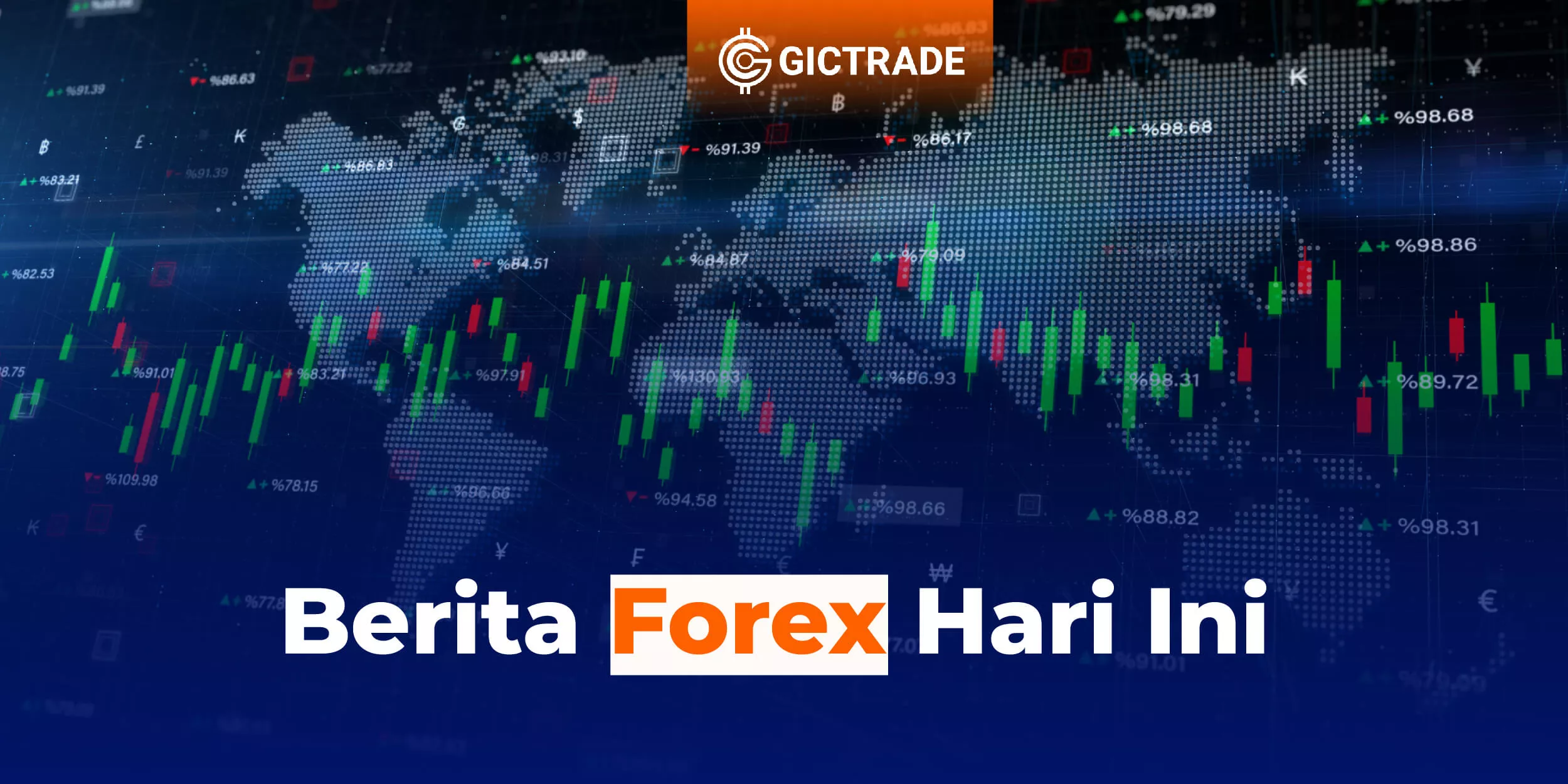Australia's inflation increased in the September quarter due to rising gasoline prices, adding pressure on the Reserve Bank to raise interest rates.
The core consumer price index rose 1.2% from July to September, compared to 0.8% in the June quarter, according to the Australian Bureau of Statistics. Economists had forecast a quarterly rate of 1.1%.
The annual rate of core CPI is 5.4%, down from 6.0% in the June quarter, with annual interest rate expectations around 5.3%.
Core consumer prices in September rose 5.6% compared to the previous year, up from 4.9% in July and 5.2% in August.
ANZ, which previously did not expect a rate hike, now forecasts that the RBA will raise rates by 25 basis points next month. Earlier, only NAB had anticipated a rate hike in November.
The RBA has kept its main interest rate at 4.1% for the past four months. Before today’s inflation data, markets expected a central bank rate increase to 4.35% at the November 7 meeting.
In her first speech as RBA governor, Michele Bullock stated that the RBA would raise rates if there were upward revisions to the inflation outlook.
The average inflation rate, adjusted to remove larger price fluctuations, increased to 1.2% in the September quarter, up from 0.9% in the June quarter, with an expected increase of 1.1%.
The annual increase of 5.2% was down from 5.9% in the April-June period but still above the RBA’s target of 2%-3%. The Australian dollar rose as investors anticipated a rate hike by the central bank, reaching over 63.9 U.S. cents.
Stocks declined as higher borrowing costs are expected to reduce corporate profits.
The ABS reported that the highest price increases in this quarter occurred in automotive fuel (7.2%), rent (2.2%), electricity (4.2%), and new home costs (1.3%).
Government assistance and Commonwealth rental aid helped ease rising rental prices. Government interventions also contributed to controlling electricity prices.
Treasurer Jim Chalmers noted that inflation is more persistent and that government policies are necessary to alleviate rising living costs.
There are positive signs, as the increase in the prices of goods and services is slowing compared to the previous year. In the services sector, this marks the first time annual inflation has decreased since December 2021.
Prices for fruits and vegetables fell, helping to reduce overall food price increases.
David Bassanese, chief economist at Betashares, stated that an RBA rate hike in November is now highly likely. The RBA’s quarterly economic forecast will be released on November 10.
Also Read :
Warning!
This analysis is based on fundamental and technical views from trusted sources and is not advice or a solicitation. Remember that this content aims to enrich readers' information. Always conduct independent research first regarding other forex information for your trading reference.
Get updated news and articles from GIC Indonesia, which you can check on Google News daily for the latest updates in the forex and crypto world. Trade with GICTrade using an ECN account to enjoy trading with low spreads starting from zero!
 Last:
Last: 







